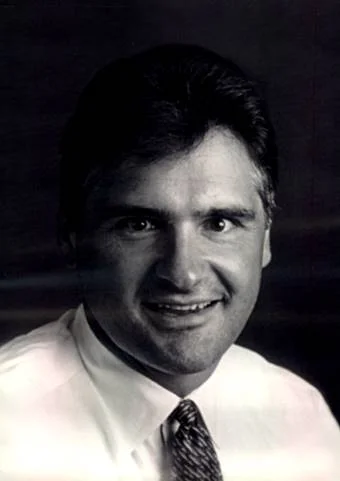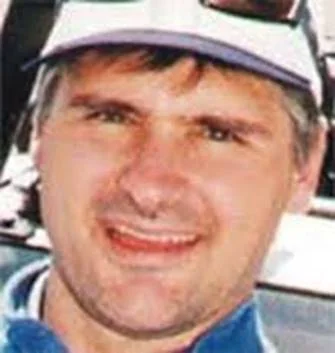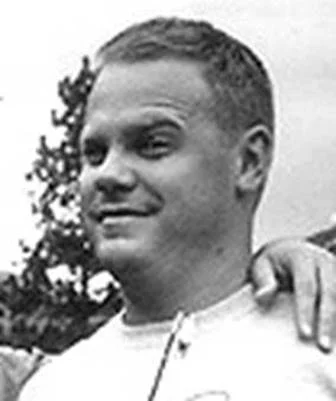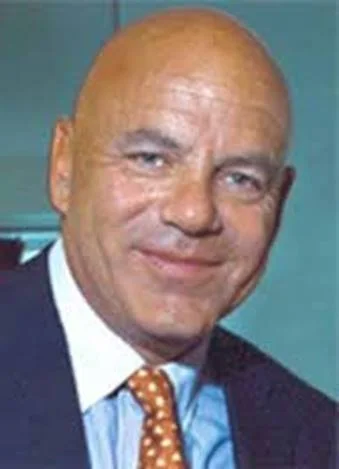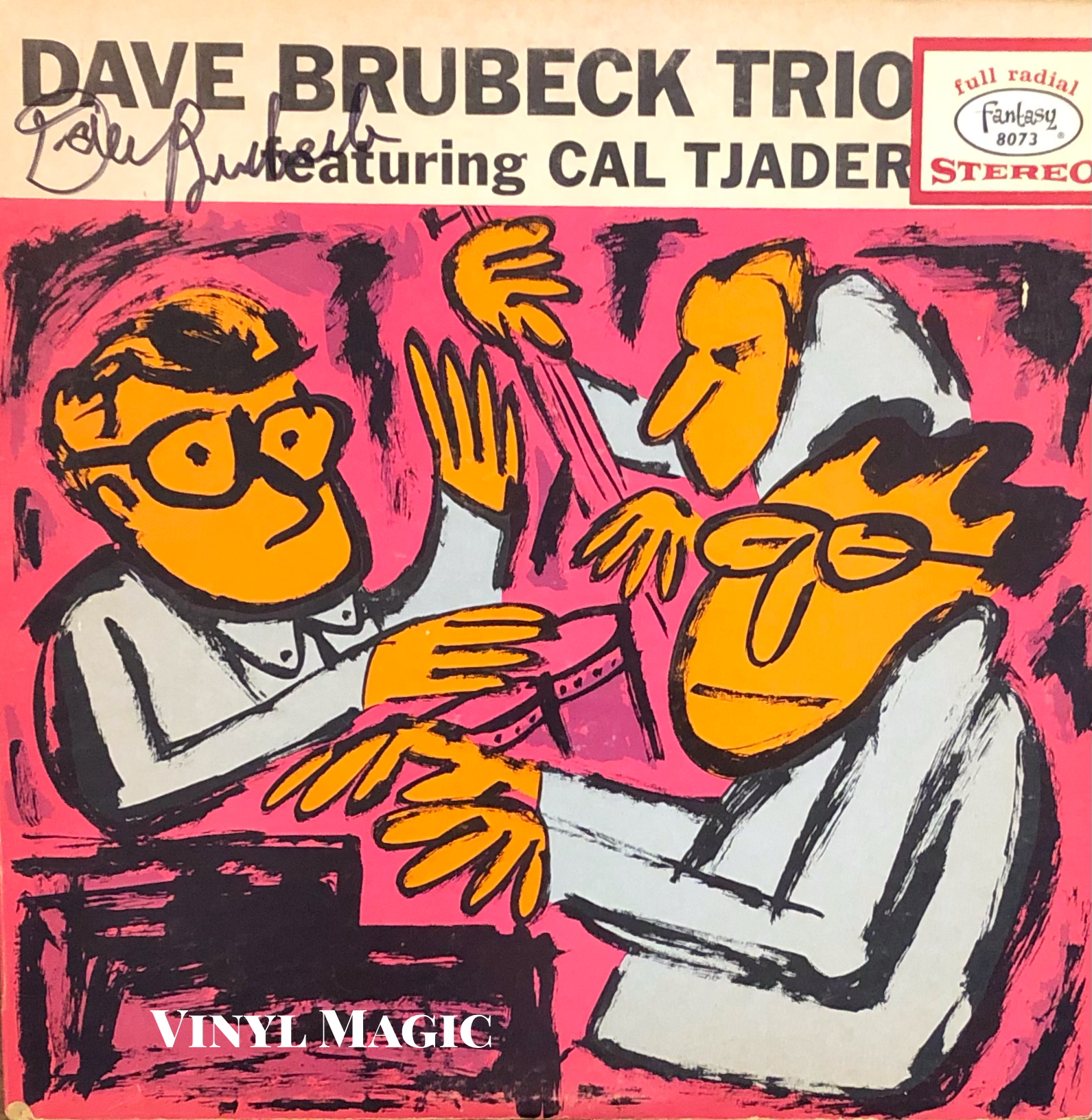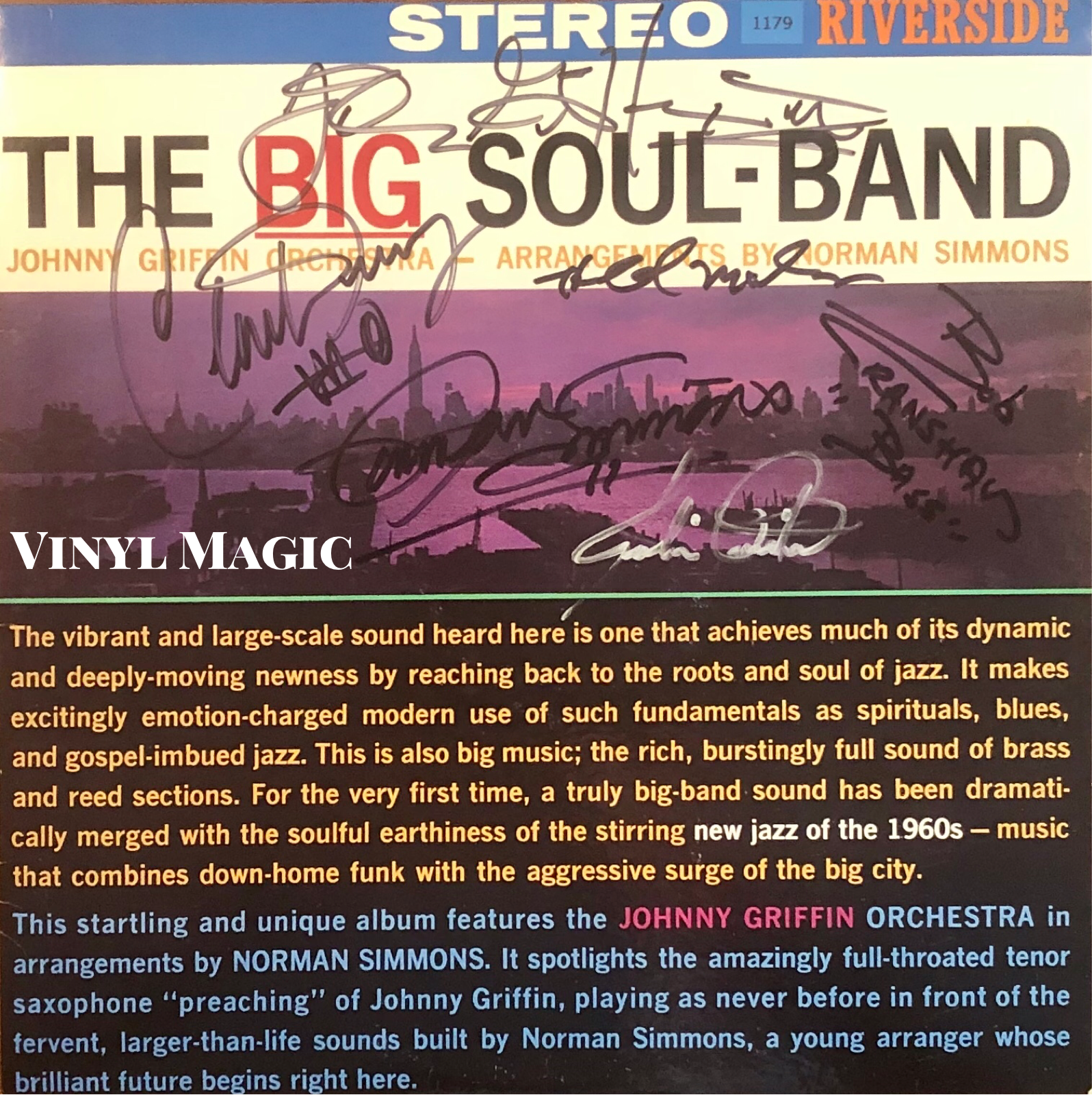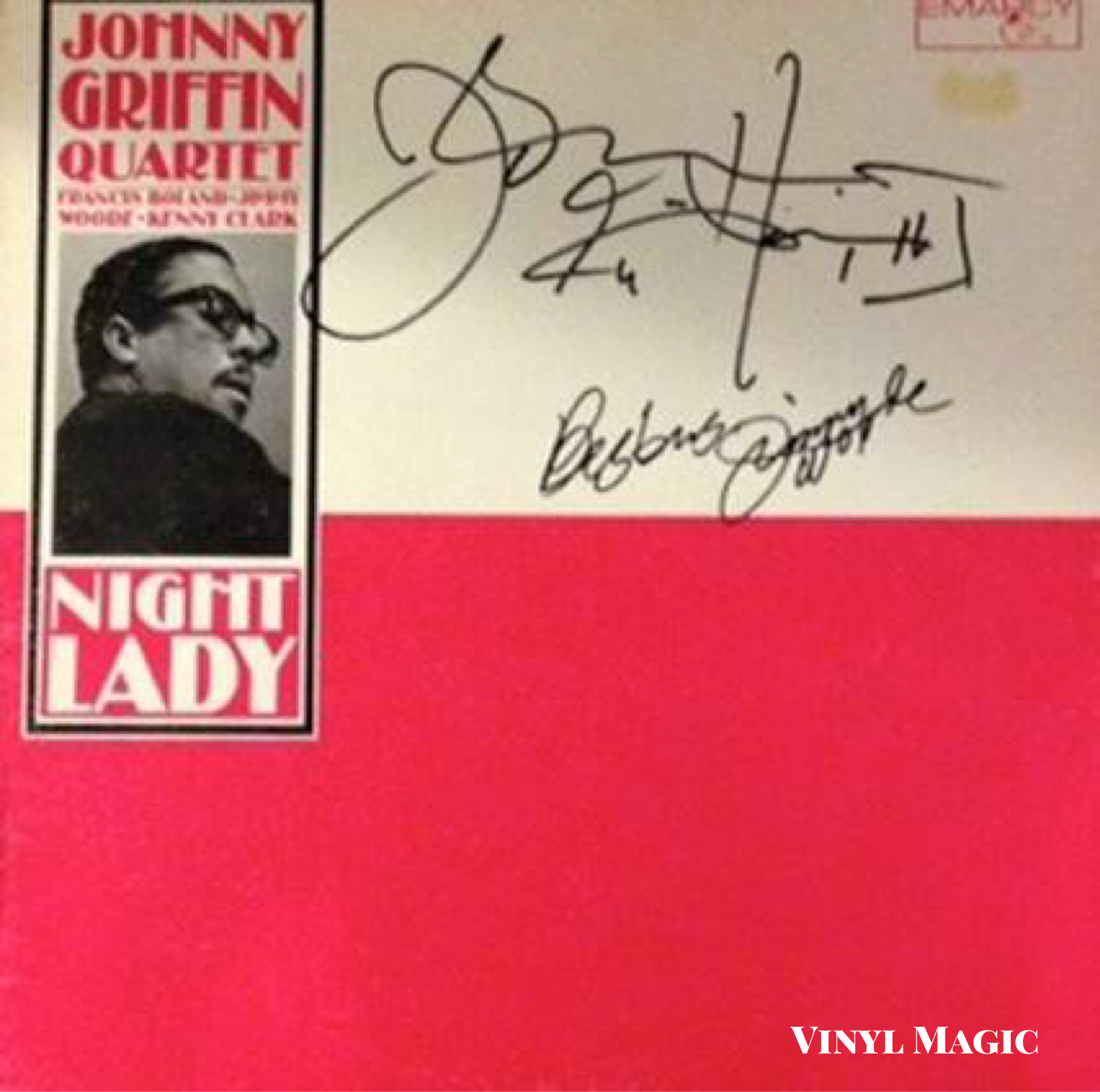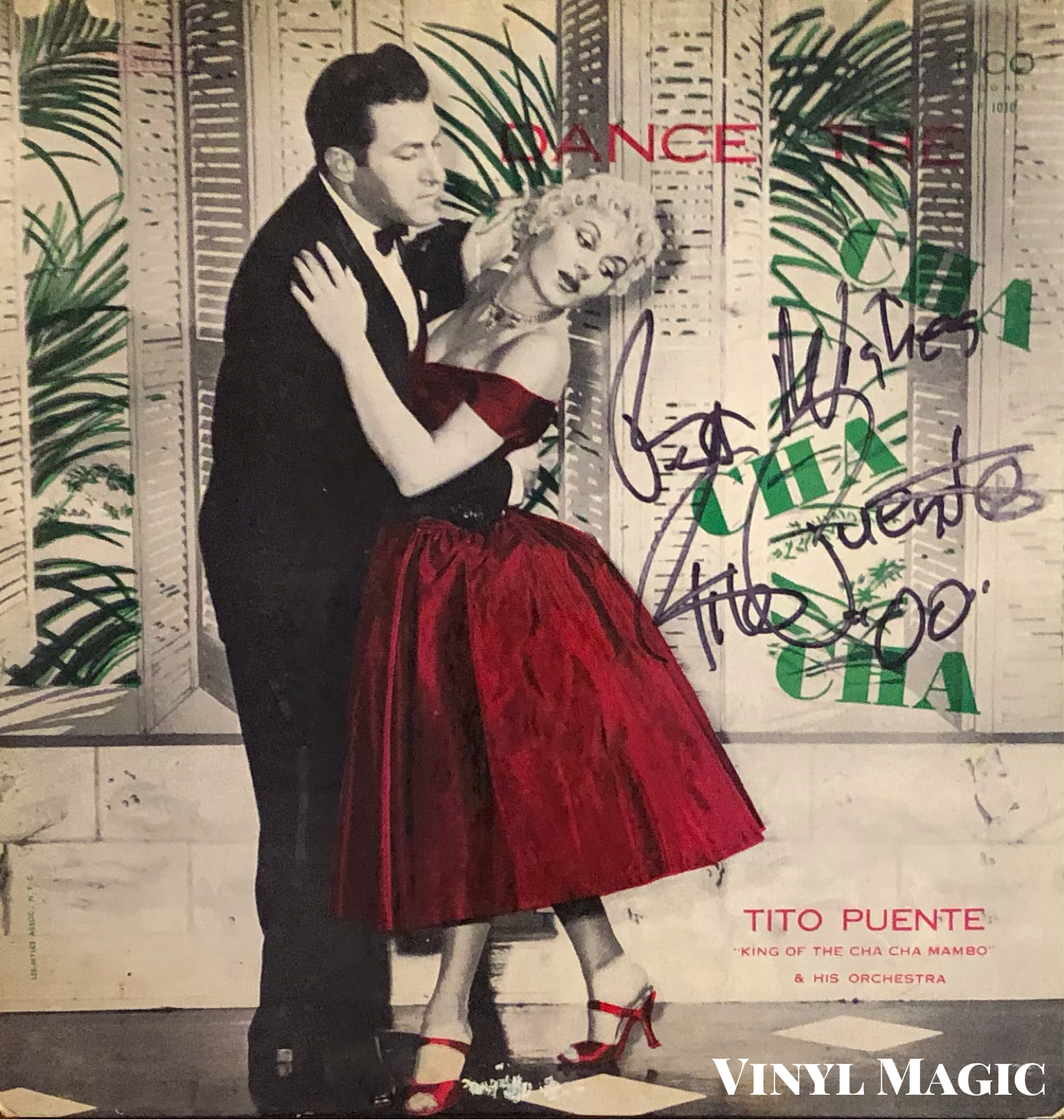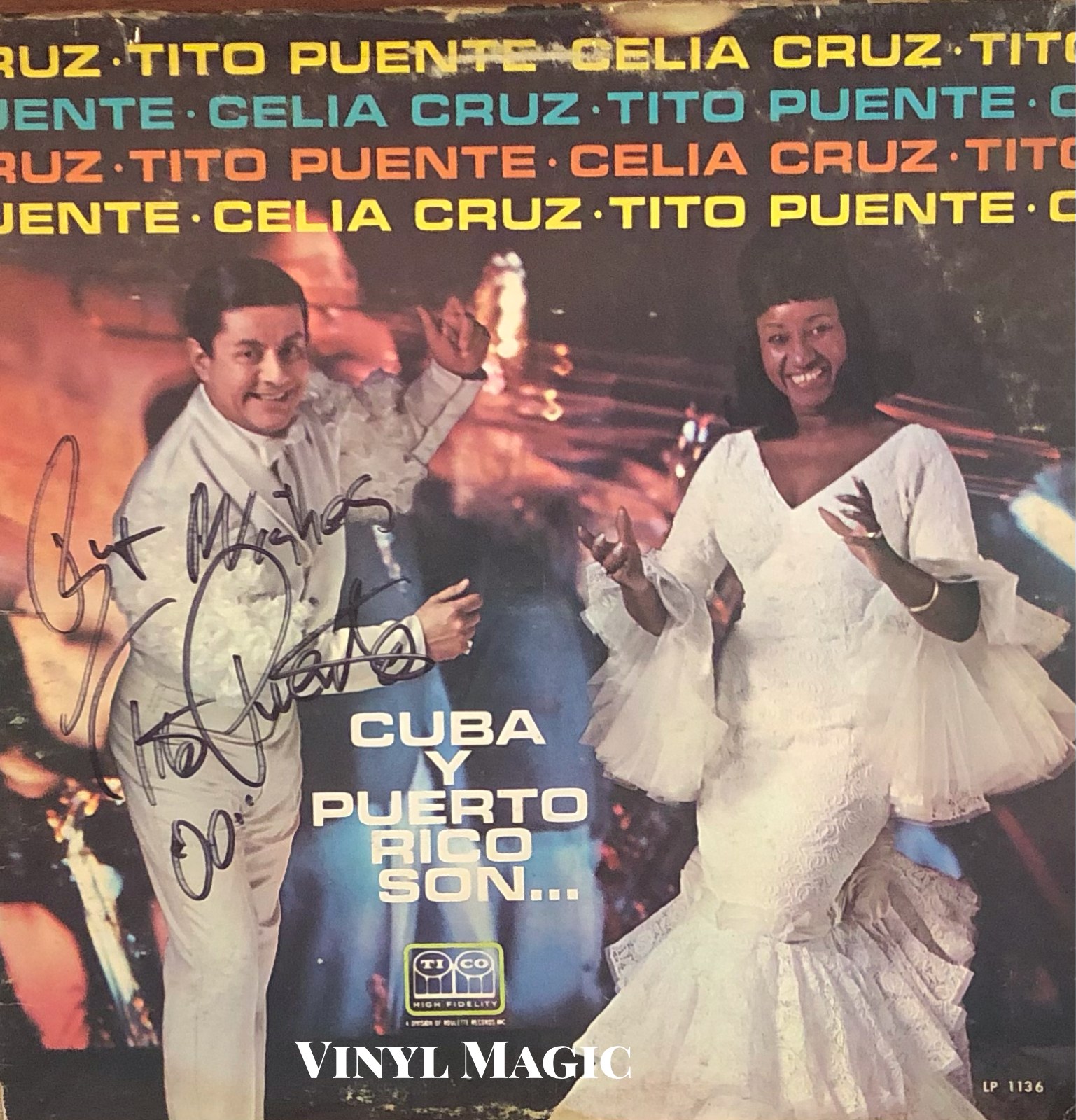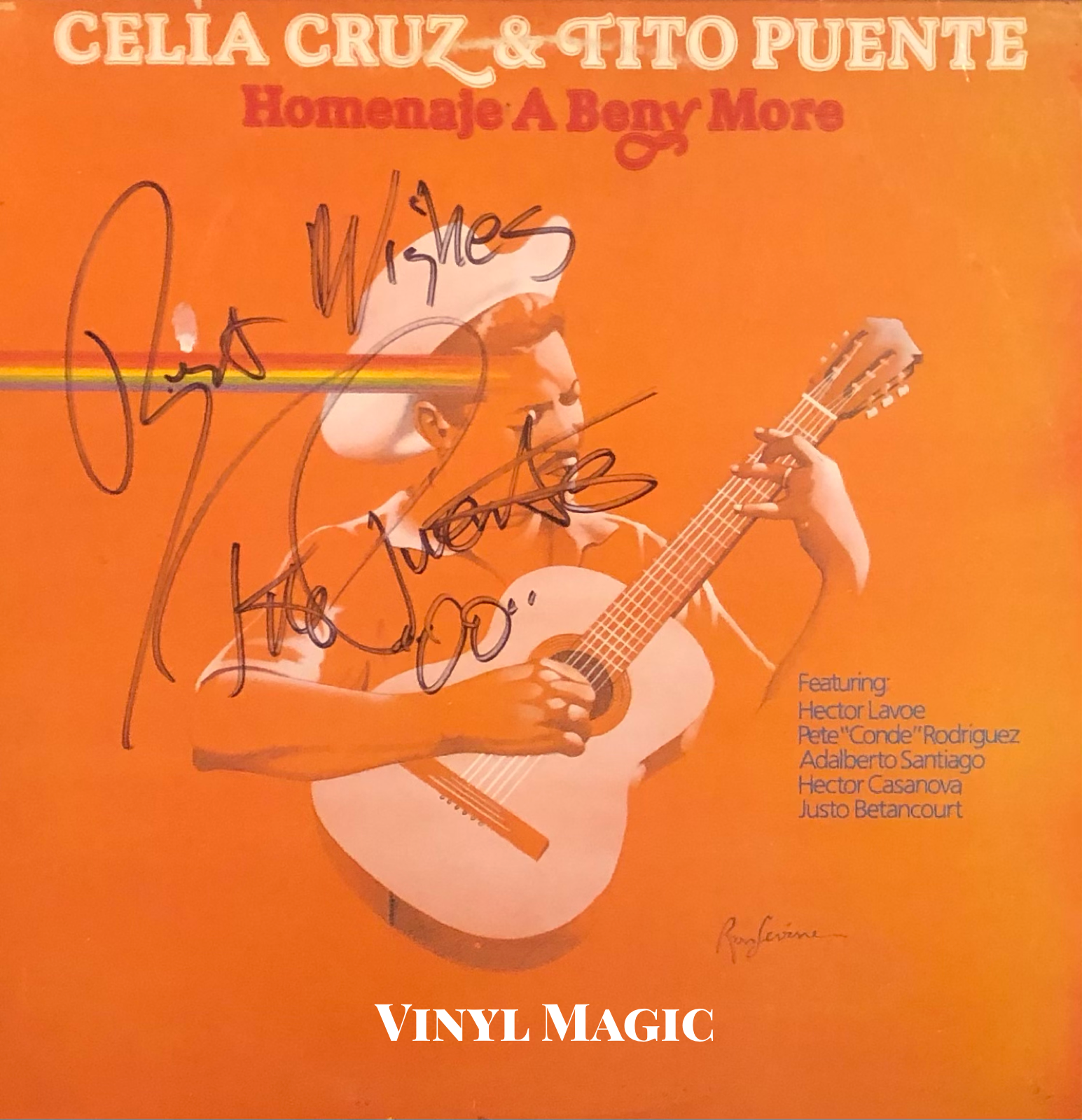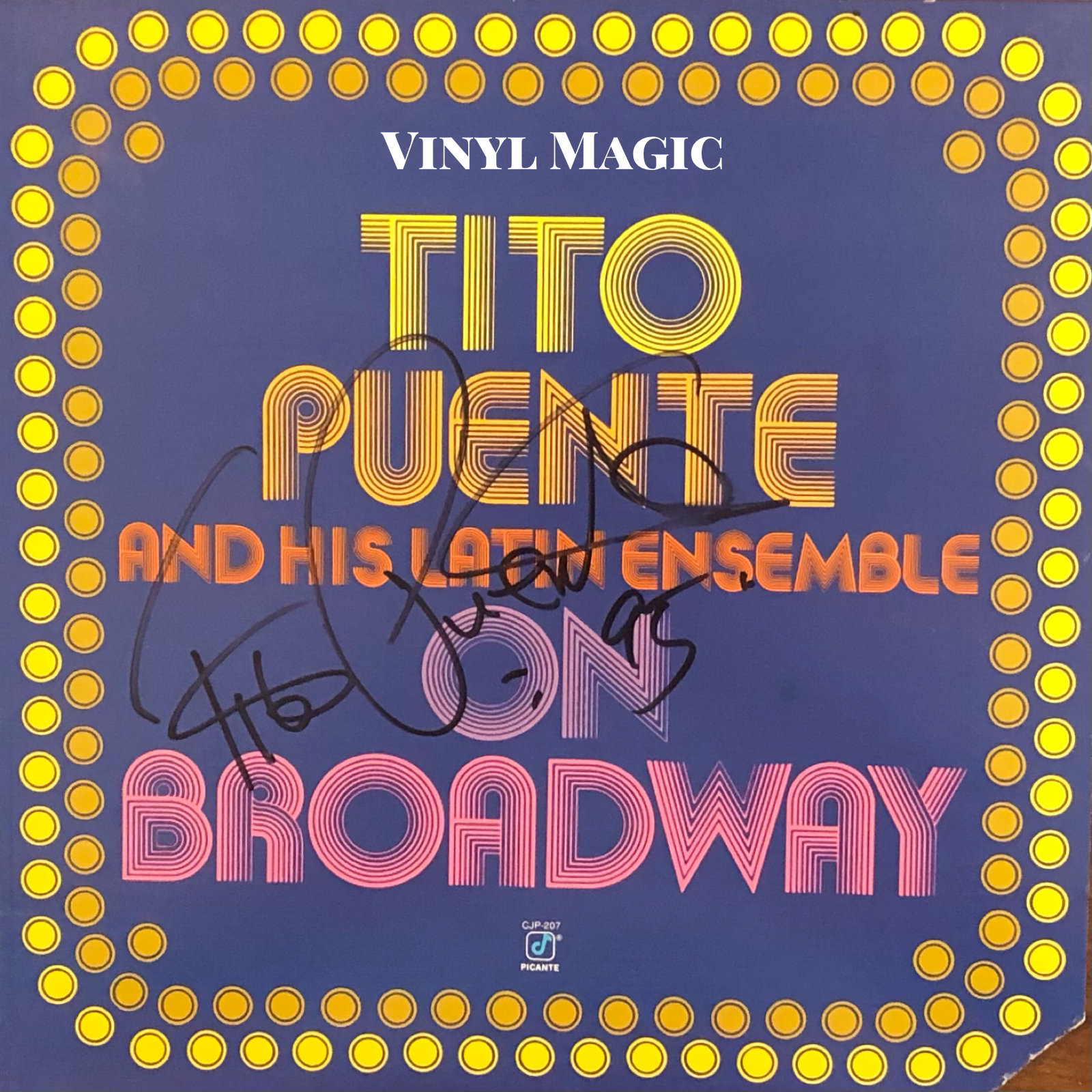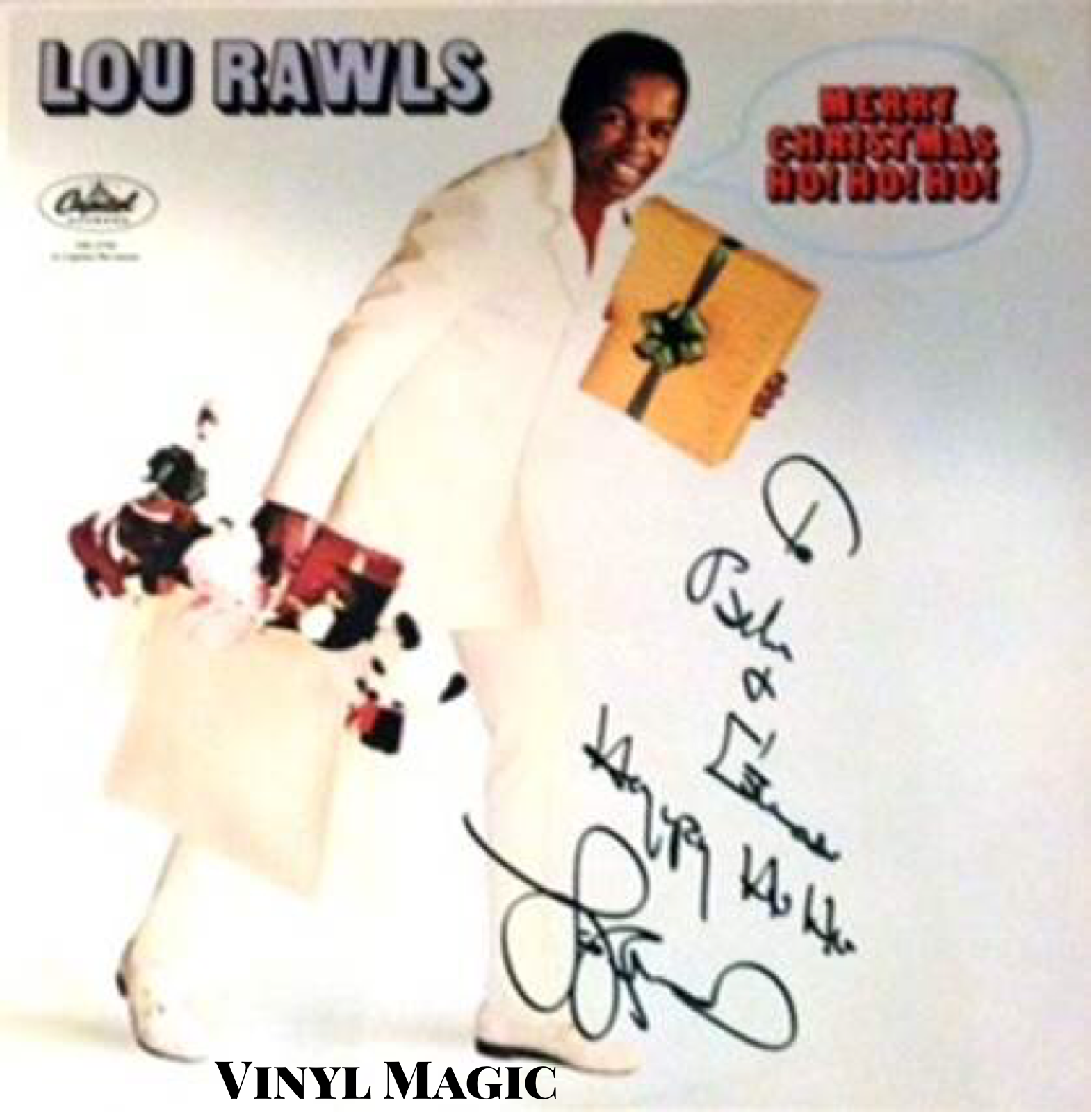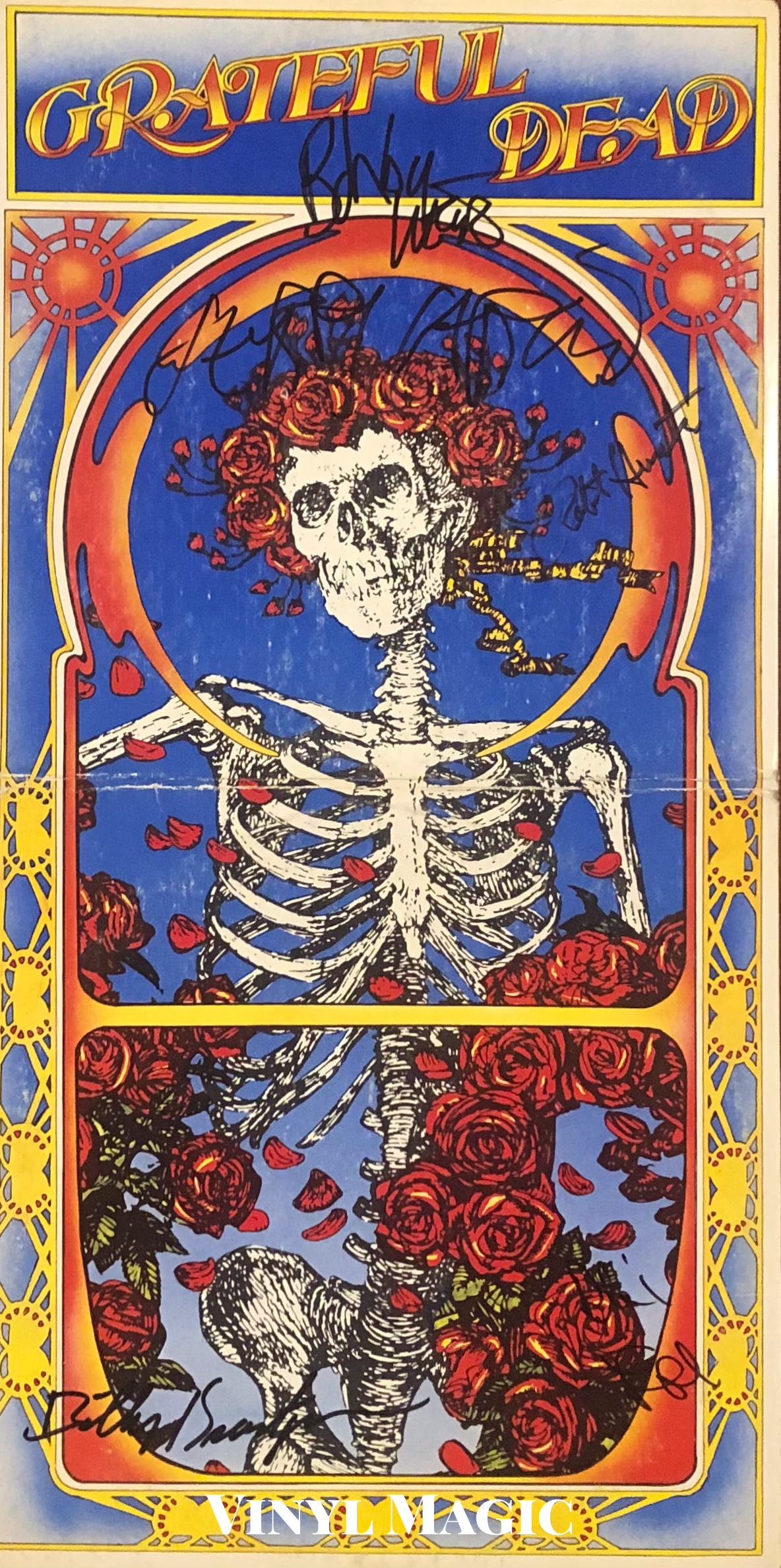9/11, Bruce Simmons, Herman Sandler, Sting and Me...
I had the privilege to work for Sandler O'Neill & Partners on the 104th floor at 2 World Trade Center in New York City. Of the many talented colleagues who worked there, Bruce Simmons was among the finest. Head of Equity Sales and Trading, Bruce Simmons was a ruthless bank trader during market hours, asking for no quarter and giving none, but after the 4pm market close, he was kind, generous, and a fun loving family man. Notwithstanding his affable appearance and genial manner, he was a cobra in an Easter Bunny suit. You crossed him at your own risk and peril.
An old school trader from his Merrill Lynch and Lehman Brothers days, Bruce broke phones, screens, and desk chairs, all the while hurling epithets and invective with a fury and passion that was as formidable as it was relentless. And he spilled a cup of coffee every single day. Every. Single. Day. I know, I sat next to him for nearly two years and watched with a bemused tolerance. Bruce's chair bore the brunt of these mishaps, the blue cloth stained irreversibly with a brownish hue. The routine went like this: Bruce's dutiful trading assistant would bring him a large coffee each morning, and sometime, after our morning research meeting, Bruce would be distracted by one of the six screens he was staring at, and the coffee cup would get knocked over, the hot liquid flowing near his keyboard and then on to his chair and, eventually the floor. I began to stock extra napkins in anticipation of this ritual, and I was never disappointed. Coffee was spilled, curses were said, and napkins were used.
Bruce Edward Simmons
Except for his coffee, you couldn't get anything over on Bruce Simmons, and you were hapless and witless to even try. Frank Salvaterra, Sandler's Head of Trading and a close friend since their Merrill Lynch days, marveled at Bruce's skill at discerning what was taking place in the markets in general, and the bank stocks which Bruce traded in particular. "It's like he has eyes in the back of his head, he sees everything," Frank once told me. Bruce's clairvoyance extended beyond trading. He was genuinely interested in how you and your family were doing. The Sandler ethos was that it was not just a place where you worked together, it was a place where you shared and lived your lives together. This is how Bruce led his life.
Once, he asked David Rice, another talented Sandler salesman, and I to a basketball game after work. I thought, cool, I hate the Knicks (Celtic pride always!) but Madison Square Garden is great, and the Sandler O'Neill box is even better. After work, we followed Bruce to the garage to get his car. It was not a high end BMW or Mercedes as I expected, rather, it was a nondescript Toyota sedan, the perfect commuter's car. And it was not gently used. I did not think it possible, but the car's interior was a down tick from the filth and squalor of his office chair. Coffee cups, research reports and other detritus were strewn about haphazardly and the stale aroma of cigar smoke was deeply embedded into the upholstery. David and I cleared the flotsam and debris away, took our seats and Bruce started our drive uptown. Or so we thought.
David Harlow Rice
Not surprisingly, Bruce knew only one speed - fastest. I had seen Bruce go from zero to one-hundred in the office many times, but now we were hurtling through the Holland Tunnel on our way to New Jersey. I said, 'Hey Bruce, I thought we were going to the Garden to see the Knicks?' Bruce replied with a broad smile, "No, we're going to see the Nets. I have great seats and they need our support. You know, I live in Ridgewood now, so I have to support the local team. I'm a Jersey guy." The New Jersey Nets of the late 1990s were not a talented team, but Bruce was always rooting for the underdog. In some ways, that was how I came to work at Sandler O'Neill. I didn't have an Ivy League pedigree or country club memberships, but I did have a diligent work ethic, and fortunately, Bruce (and others - thank you Jimmy!) believed in me and gave me a chance when few would.
After two years at Sandler, I was recruited by a major Wall Street investment bank in Connecticut, and I struggled with the decision to accept the offer. I sat down with Bruce to talk it over, and he was wildly enthusiastic. "You will be great at a big firm. You need to do this for your family. You did a great job here, there's no reason why you won't be successful at the new firm." After talking with my wife, I resigned two days later in May, 2000. Little did I know at the time that Bruce's counsel and encouragement would probably save my life. When I told Bruce that I was resigning, he gave me a big hug and told me to keep in touch. I said, 'Before I leave, I'd like to say goodbye to some folks on the desk, but I don't want to be disruptive.' Bruce assured me, "Take your time, take as long as you need. We are family here, you won't be disrupting anyone. There are people here who you need to say goodbye to, that's the right thing to do." That was unlike any Wall Street experience I have had, then or since. Usually, when someone resigns (or gets terminated), they are whisked off the trading floor directly to HR for a debriefing (or to a gulag!), computer access barred, pictures and personal effects sent home in a box, the offending party never to be seen or heard from again.
And true to his word, I heard from Bruce again. Within my first week, Bruce called the trading desk at my new firm. When I heard someone call out, "Bruce Simmons on line three", I thought, uh oh, what did I do wrong? I picked up the phone with some uneasiness, 'Hey Bruce, what's up?' "Hey Neil, just checking in. I wanted to see how you were settling in," Bruce said brightly. 'Yeah, I like it so far, some really good people here,' came my tremulous and uncertain reply. "Great, I know you're going to do a great job. Now take a $51 top and buy 100,000 shares of DCLK." Like any good sales trader, I confirmed the instructions and executed the order with my trader. And I nearly fell off my chair. I could not believe how generous Bruce was. He had friends all over Wall Street who could have easily executed that order, but he gave it to me. His loyalty was steadfast and unwavering, it meant the world to me then, and especially now. Bruce gave me a couple more orders over the next few weeks to make sure that my transition was smooth and best of all, when my daughter Camryn was born in May, 2001, he, and his Sandler partners sent along a beautiful basket of goodies to my wife, just as they had done when my son Brendan was born nearly two and half years earlier. Yes, being part of the Sandler family meant something extraordinary!
Sadly, we never saw another basketball game together, and although we talked about having dinner in New York, there was never enough time. Bruce had young kids, mine were even younger, and there was always an excuse until we ran out of time and the tragedy of September 11, 2001 occurred. I will never forget Bruce's funeral service in Ridgewood, New Jersey. The church was filled beyond capacity and I was barely holding it together. Then, the soccer team he coached, ten and eleven year old girls wearing their uniforms, walked in and sat a couple rows in front of me. Seeing the young girls' innocence betrayed was cruel, vicious and left a heartbreaking, indelible image. I shared in their inconsolable grief.
It has been eighteen years since Bruce and so many others were senselessly lost, and my heart still aches and I wish blessings for their families. It is truly a wound that never heals. For the past few years, I have written about some of the remarkable men and women whom I had the privilege to work with at Sandler O'Neill, lives that were irrevocably shattered on September 11, and I have included this Sting-Herman Sandler vignette (see below). I guess I'll keep on writing, I've got lots more friends to write about and celebrate. I only wish each ending were different.
Hope our paths cross soon.
Herman Sandler
Herman Sandler was a founder of Sandler O'Neill, a financial services investment bank. Along with his partners, he ran a very successful and lucrative practice. Herman was also a benefactor, who gave generously to the Israel Philharmonic Orchestra and The Rainforest Foundation. He looked like Daddy Warbucks: shaved head, glasses perched on the top of his forehead, fit and disciplined like the US Army Captain who had served his country in Vietnam, Herman was tough, he did not suffer fools, and I was lucky to work for him and his talented team of bankers, salesmen, and traders on the 104th floor of 2 World Trade Center until I left in May 2000.
In November 1999, Sting was playing four shows at the Beacon Theatre in New York City. One of my clients was a big Sting fan and asked if I could get tickets. Tickets were at a hefty premium since the venue was so small - only 3,000 seats vs. Sting's normal Madison Square Garden gig with 20,000+. I bought tickets through a ticket broker and I asked Herman for backstage passes, since Herman was friends with Sting and his wife, Trudie Styler, and served with them on the board of The Rainforest Foundation. Herman said, "No problem." Everything was no problem with Herman, even his boat was named "No Problem." He secured the backstage passes the next day and handed them to me. No problem.
Sting backstage pass, Beacon Theater 1999 - “No Problem”
The night of the show, I met the client and her trading assistant for a quick dinner at the Ocean Grill. They were very excited to see Sting. We finished our meal and headed over to the Beacon. The backstage entrance is near the loading dock, so we flashed our passes and we were escorted in. A roadie told us that there is no real backstage area, so we can stand along the wall or go to our seats. I looked at the wall. That didn’t look very promising and it was way too early to go to our seats. ‘Lets try this again,’ I tell the clients, ‘Follow me.’ We went back to where we came from and an elevator door opened. Another roadie got off. We got on. Taped to the elevator wall was handwriting: “Sting 6, Costumes 5, Band 4, Catering 3…” This is helpful. I press 6 and up we go.
Outlandos D’Amour (1978) signed by Sting, Andy Summers
The elevator opened on the 6th floor into an anteroom where Sting had his back to us. He was being interviewed, speaking into a mic attached to a large tape machine. I walked by Sting, nodded, and my clients followed me and stood in the corner. Actually, they cowered in the corner, they were so star struck. The interview concluded and I greeted Sting. I told him that I worked for Herman Sandler. "Herman is a great friend and a good man. We're doing some great work together on the Rainforest Foundation." I handed Sting some albums which he happily signed, and I asked if he would take a picture with my two guests. He agreed. I coaxed them out of the corner and they flanked Sting as I took a picture. No iPhone in those days, I relied on a throw away camera just purchased at Duane Reade. I took the picture, no flash. I stalled, ‘Hey Sting, we got everything working now,’ I promised as I took another picture. No flash again. Sting laughed, "You got everything working except the camera." Then he shook everyone's hands and left. We headed back to our fourth row seats and watched Sting perform a great show. My clients were very grateful that they got to meet Sting, less so when my pictures got developed and came back blank.
Regatta de Blanc (1979) signed by Sting, Andy Summers
Tragically, Herman Sandler died on September 11, 2001, along with sixty-six of his Sandler O'Neill colleagues and some of my best friends. Sting later performed his song "Fragile" at one of the World Trade Center benefits and dedicated it to Herman's memory. I miss Herman Sandler, David Rice, Frank Salvaterra, Bruce Simmons, Howard Gelling, Tom Clark, Tom Collins, Doug Irgang, Stacey McGowan, Kristy Irvine Ryan, Mike Edwards and all the other Sandler O'Neill colleagues who senselessly died that horrible day. Although the years pass, their loss is a wound that never fully heals.
Synchronicity (1983) signed by Sting, Andy Summers
